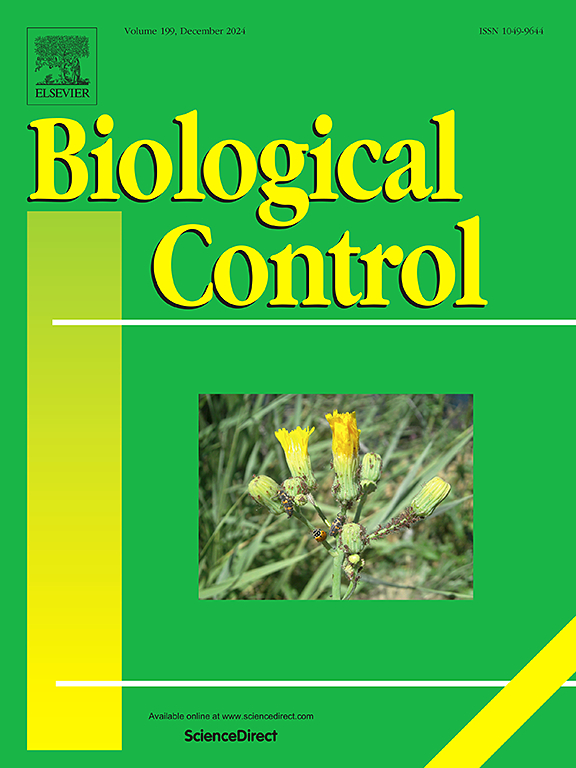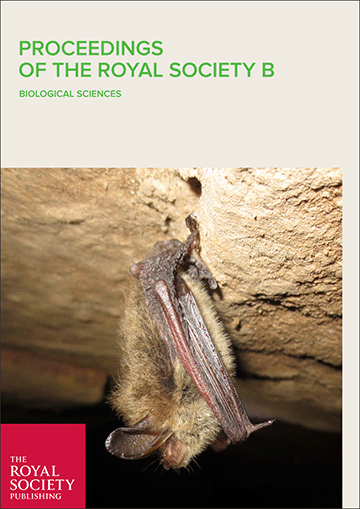Nutrition-sensitive agriculture (NSA) interventions are of increasing interest to those working in global health and nutrition. However NSA is a broad concept, and there are numerous candidate NSA interventions that could be implemented in any given setting. While most agriculture interventions can be made “nutrition-sensitive”, there are few guidelines for helping to decide what agriculture component should be tried in an NSA intervention. Based on previous models, we developed a framework with explicit questions about community factors (agricultural production, diets, power and gender), project factors (team capacity, budget, timelines) and external factors that helped our team of agriculture scientists, nutritionists and local officials identify NSA interventions that may be feasibly implemented with a reasonable chance of having positive agricultural and nutritional impacts. We applied this framework to two settings in upland Vietnam, and one setting in upland Thailand. From an initial list of nineteen interventions that have been tried elsewhere, or may reasonably be expected to be appropriate for NSA, five or six candidate interventions were chosen per site. Based on the criteria, three to four interventions were selected per site and are being implemented. Poultry rearing and home gardening were selected in each site. They and the other selected interventions, hold promise for capitalizing on underused agricultural potential to improve diets, while working with (or improving) existing gender relationships and power structures. The process for identifying NSA interventions was thorough and identified reasonable candidates, but it was very time consuming. Further efforts should focus on streamlining the process, so that promising and appropriate NSA interventions can be identified quickly and reliably. © 2016, Springer Science+Business Media Dordrecht and International Society for Plant Pathology.
DOI:
https://doi.org/10.1007/s12571-016-0625-3
Altmetric score:
Dimensions Citation Count:
























